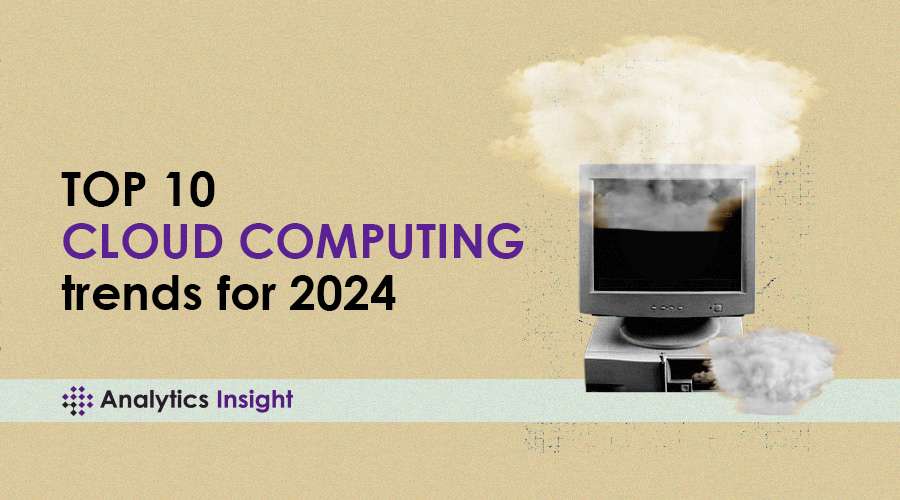 We have developed a comprehensive list of the top cloud computing trends for 2024
We have developed a comprehensive list of the top cloud computing trends for 2024
Cloud Computingadoption fuels several groundbreaking technological developments, such as AI andIoT. Firms will continue to hirecloud services to gain access to new technology in 2024. These trends will also enable them to drive operational and process efficiencies.
1.Edge Computing: Edge Computing stores and processes data at the edge of the network. It reduces latency and bandwidth needs allowing for faster and more efficient data processing. It provides strong privacy, fast data transfer and higher efficiency. Furthermore, edge computing will be crucial to the cloud approach.
2. Multiple and Hybrid Cloud Solutions: Multi-cloud and hybrid cloud systems combine on-premises, private and public clouds. Enterprises can distribute their workload across many cloud service providers and on-premises frameworks. This allows them to maintain control over their data and apps.
3. Cloud Security and Resilience: Security and resiliency have become critical issues as organizations migrate to the cloud. As a result, cloud service providers are increasing their investments in security and resiliency. Data encryption, access restrictions and disaster recovery are among the features. Increasing use and investment in the cloud will contribute to data security.
4.Blockchains: Blockchain technology is a type of distributed ledger. It works in tandem with cloud computing to develop new apps and services.Blockchainsit can securely and efficiently process huge volumes of data and exercise control over documents. The technique holds much promise for industrial applications. It provides reliable security, transparency and decentralization.
5. Internet of Things (IoT): The Internet of Things (IoT) is expanding and requires technology investments from cloud service providers. It maintains the connections between computers, servers and networks, the Internet of Things is an intermediary. The Internet of Things also ensures a successful connection and helps in the collection of data from distant devices. It allows companies to manage and analyze huge amounts of data generated by IoT devices.
6. Kubernetes and Docker: Kubernetes is an open source container orchestration platform. Automate deployment, scaling, and administration of containerized applications. Kubernetes and Docker have the potential to revolutionize the way organizations manage cloud installations. These technologies help companies launch and scale applications efficiently. Docker is also a containerization platform. Gives developers the ability to group their apps into containers.
7. Artificial Intelligence (AI) and Machine Learning (ML): Artificial intelligence and machine learning are strongly related to cloud computing and cost-effective. These systems handle huge amounts of data and increase the company’s output. Increased automation and self-learning capabilities are two moreAI and MLexpected developments. Collecting data and training algorithms require computing and storage resources.
8. Automation: Cloud computing relies heavily on automation. Improve business efficiency and system and network quality. Automation also reduces the possibility of slow or down systems. However, implementing automation is difficult. With more investment, citizen developer tools, and artificial intelligence, more devices are being developed to make automation more enjoyable for cloud providers.
9. Citizen Developer: Citizen Developer’s idea empowers those who can’t code with the power of connected technology. Several technologies allow novice users to connect APIs and develop custom automation without coding. As we approach 2024, large companies will introduce many tools with drag-and-drop interfaces to make it easier for developers to create sophisticated programs.
10. More investment in data: The cloud allows organizations to analyze, collect and store data. It allows companies to store data in a larger database in a distributed computing environment. Large volumes of data will be processed by storing them in graphics processing units (GPUs), greatly parallelizing computation.
#Top #cloud #computing #trends
Image Source : www.analyticsinsight.net
